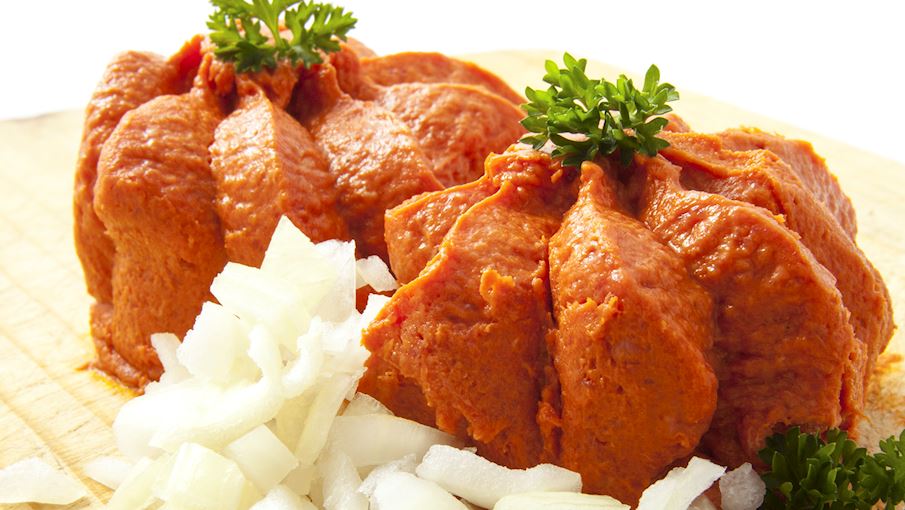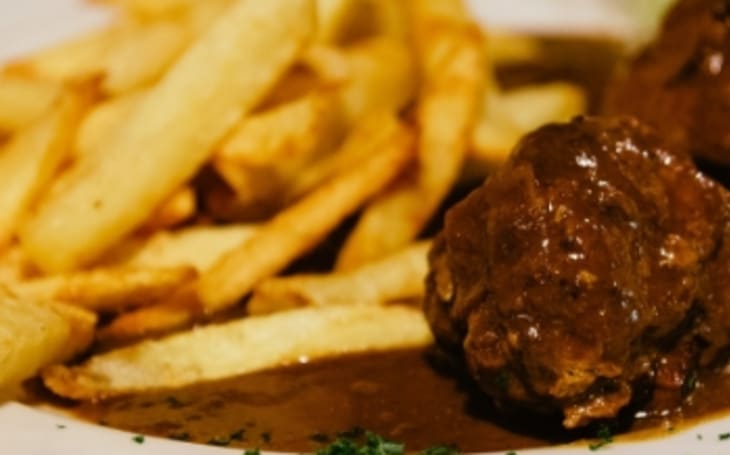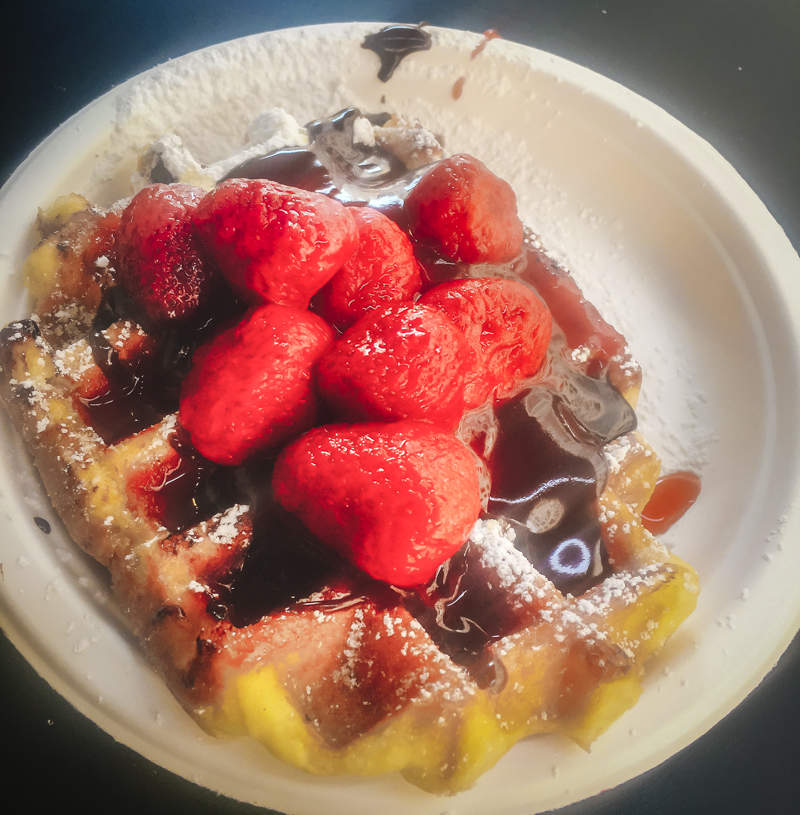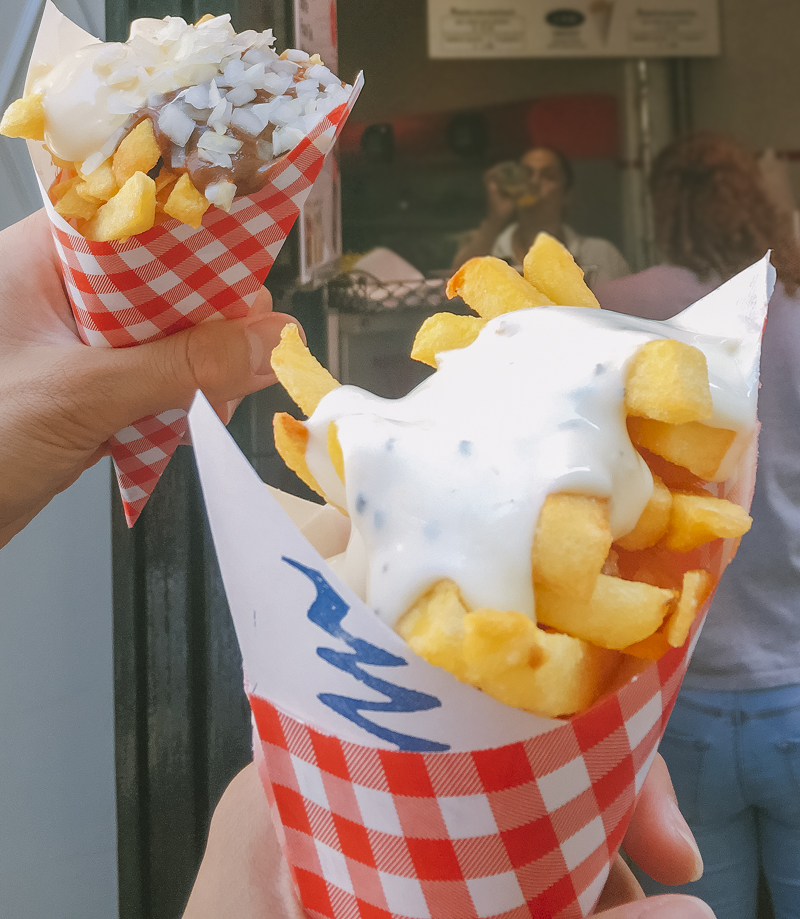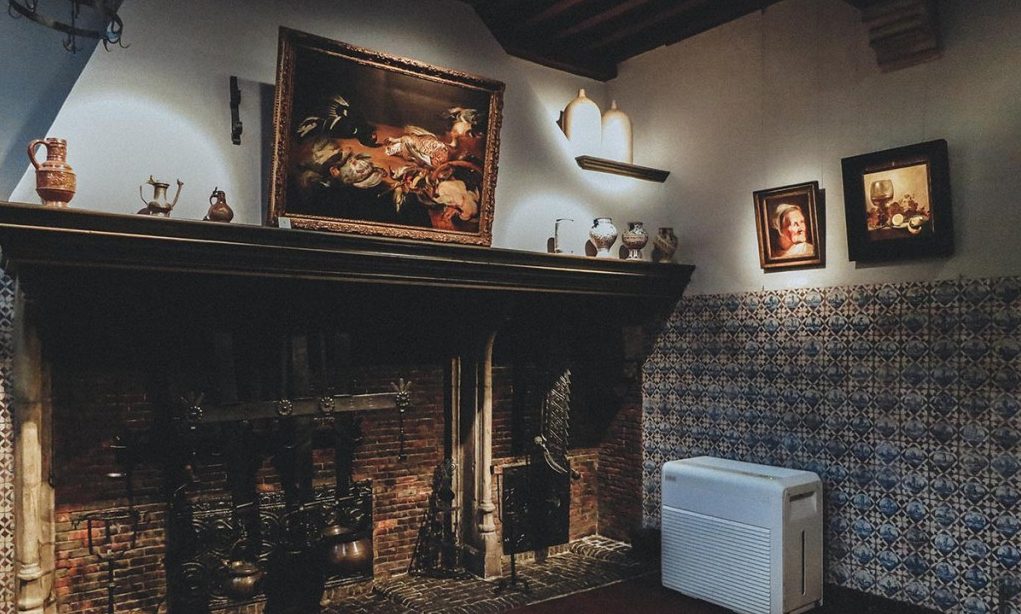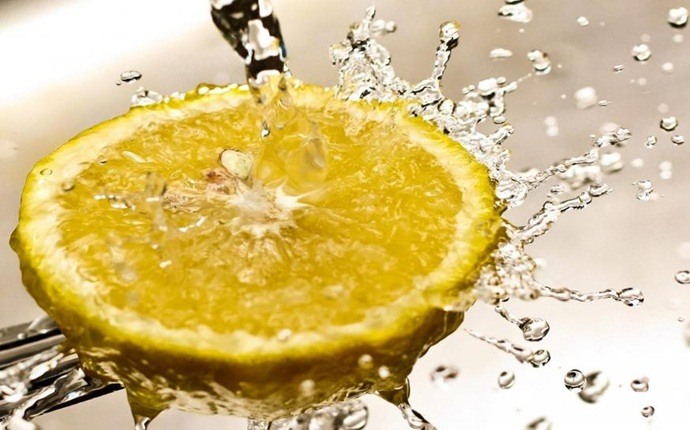There are some dishes are are considered more traditional “Belgian” that should not be missed during a visit to Brussels. These dishes reflect the country’s French and Flemish histories (both languages remain official national languages here), but with their own twist. Here are a few of the Foods In Brussels that You must try during your stay in Brussels.
Contents
Waterzooi
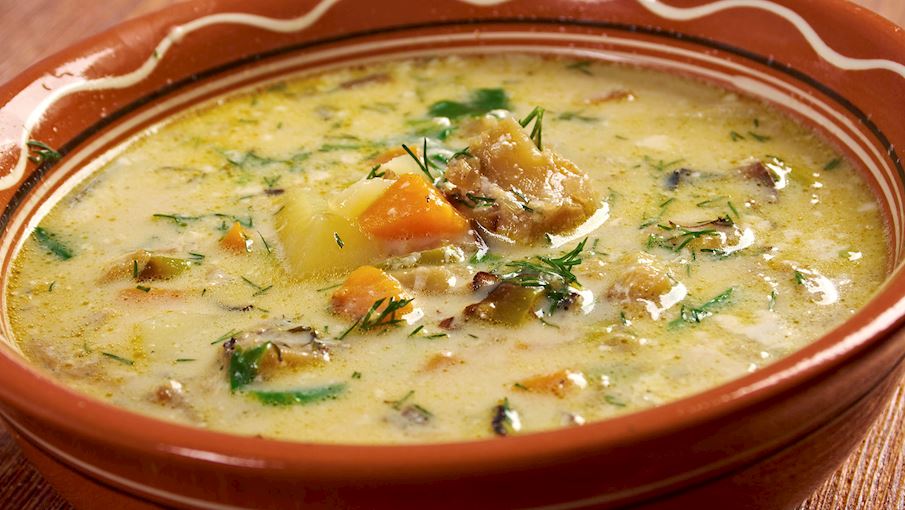
Waterzooi is a traditional Belgian seafood stew with a creamy consistency. It incorporates julienne-sliced vegetables, an egg, and a cream-based soup. The dish originated in the city of Ghent, and according to the most popular belief, the rivers around the city were abundant in fish, so the dish was invented as a new way to incorporate fish into traditional Belgian cuisine.
Filet Americain
Although it is sometimes confused with a steak due to its unusual name, filet Américain is a spread made with raw beef. This popular dish is a close cousin to the more famous steak tartare, but the difference is that filet Américain uses meat which has been minced in a meat grinder.
Liège Waffle
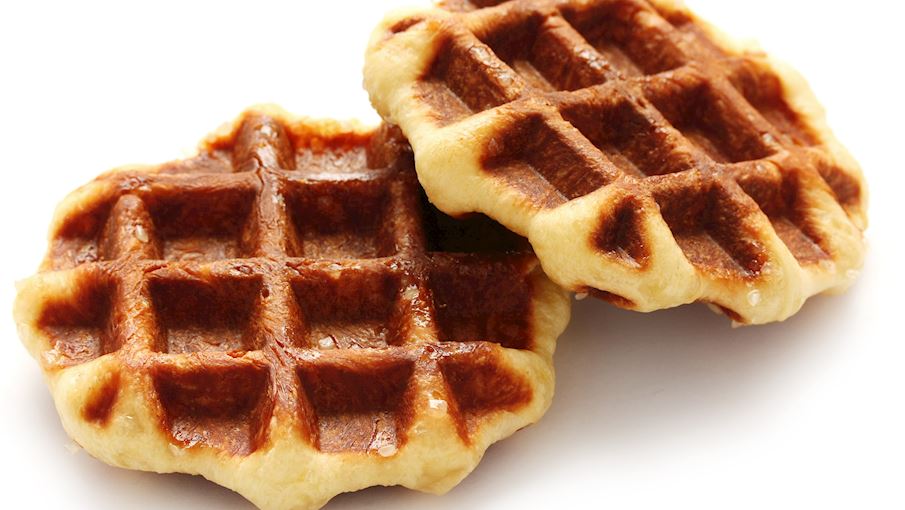
Liège waffles are one of the two most popular waffle varieties in Belgium. These unevenly shaped, chewy treats are made with a thick, brioche-like dough which is sweetened with pearl sugar and baked in a specially-designed waffle pan. During the baking process, the pearl sugar melts and gives the waffles a unique caramel flavor.
Meatballs at Ballekes
Ballekes is the best place in Brussels to try some Belgian street food. Specialising in the local delicacy of meatballs, this place is famed for its accompanying sauces; cherry beer flavour, truffle, cream and mushroom… there are so many varieties to try. There is always a sauce of the month that us locals love to go in and try, it’s a real treasure of our city. All the meatballs are served with traditional Frites or Brussels sprouts and are made with only organic ingredients. This means that you can indulge and eat healthily at the same time! You can wash everything down with one of the local craft beers and relax with your friends; the atmosphere in here is always warm and inviting.
Belgian Waffle
The Belgian waffle is one of the must-try delicacies in Brussels. Some of you might think, ‘what a cliche!’ But don’t skip it just because you had it a million times in your home country. Your experience here might change the way you think of “Belgian waffle” forever.
Belgian Waffles come in two different varieties. Liege waffles are thicker and crispier. The dough contains sugar, which caramelizes when baked to give sweeter taste and crunchier texture. Its shape is round with uneven edges. On the other hand, Brussels waffles are fluffier and lighter. It has a definite rectangular shape.
Belgians do not eat a waffle for breakfast. In fact, it is considered a treat that can be picked up on the go from food stalls on the streets. True Belgians eat their waffle “plain,” with a sprinkle of powdered sugar. That means no syrup, whip cream, fruits, or chocolate fudge. That’s because a well-made Belgian waffle should be a tasty treat by itself. Now, is that a good reason to try Belgian waffles or not?
Fries
No one else does fries like the Belgians. The secret lies in the way they are prepared: they’re actually fried twice in beef tallow; first at a lower temperature so that the they’re soft inside and secondly at a higher temperature to achieve the perfect crispy texture we all love. When in Brussels you can have fries at almost any restaurant but why not try one of the numerous fry stands around the city? Every area has its own friterie/fritkot/frituur, a little kiosk serving Belgium’s national fast food, and there’s even a yearly “Fritomètre” where people vote for their favourite friteries. Any good fritkot offers a wide variety of mostly mayonnaise-based sauces. That’s right, Belgians eat their fries with mayonnaise rather than ketchup. Don’t knock it till you try it; the combination works quite well.
Mussels
Speaking of fries, you’ve probably heard that the Belgians pair them with mussels. Moules-frites/Mosselen-Friet is actually one of the most popular dishes in Belgium. North Sea mussels are fleshy, large and cooked in different ways. I love “moules marinière”, i.e. steamed in white wine, shallots, parsley and butter. My advice? Steer away from Rue des Bouchers. Sure, it’s picturesque but seafood there is usually mediocre and overcharged. Oh, and try to eat your mussels as locals do by picking out the flesh using an empty shell as tongs. When in Rome…!

